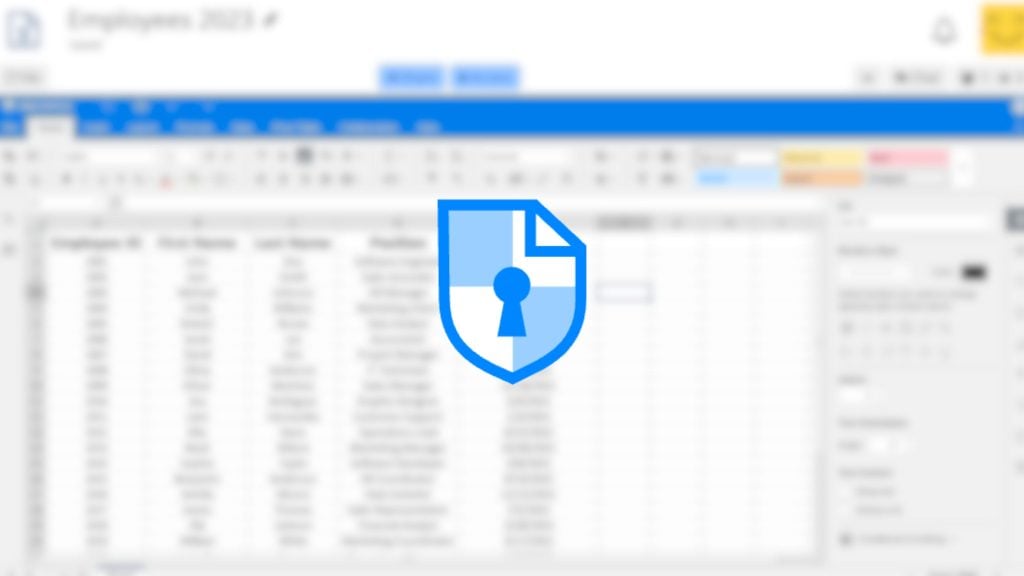“Cleaner” is a word Google really likes to use when explaining pretty much any user interface (UI) change it makes to its products.
Several years ago, underlines were removed from search results for the sake of a “cleaner” user experience; the same reason was given for recent Play Store and YouTube Homepage interface “makeovers” – to name but a few.
But this time, Google has decided to add instead of remove, and what the giant has added are tiny icons – favicons – that now show up next to each result displayed in the search results page. Favicons visually identify a website and are normally seen in browser tabs and bookmarks. And this time, Google cannot possibly play the “cleaner interface” card, since what’s created here is considerable visual clutter.
And since clutter is triggering to many – while others simply don’t like what might appear to them as pointless, yet annoying changes – tips and tricks are appearing on the web to help get rid of favicons in search results.
Shopify’s content strategy manager Owen Williams shared his solution on Twitter. If you are using an adblocker (and Williams says “you should”) you can add a rule – ##.xA33Gc – there to remove favicons from Google’s search page.
https://twitter.com/ow/status/1218290532373258240
He explained that the workaround targets CSS classes in the underlying code – but as some of his Twitter followers observed, Google compiles its own class names, and chances are that these will be eventually changed, rendering the workaround useless.
Meanwhile, Google explained the introduction of favicons in this way: it’s “helping searchers better understand where information is coming from, more easily scan results & decide what to explore.”
It remains entirely unclear how tiny visual clues like favicons might help with “better understand where information is coming from” – and Google doesn’t bother backing up this claim with any evidence.
However, this justification is interesting in light of another search page change Google has been experimenting with lately: removing full URLs and showing only the domain name. One criticism of this has been that it hides relevant information about the pages that show up in search. Could Google’s intention be to remove URLs after all, and say that favicons make up for them?
Back on Owen Williams’ Twitter, one commenter said the favicon clutter “makes every single listing on there feel like an ad.”
That’s because Google is an ad company, with a powerful search function – not the other way around. The good news is that there are a number of decent Google search alternatives for those who want them.











